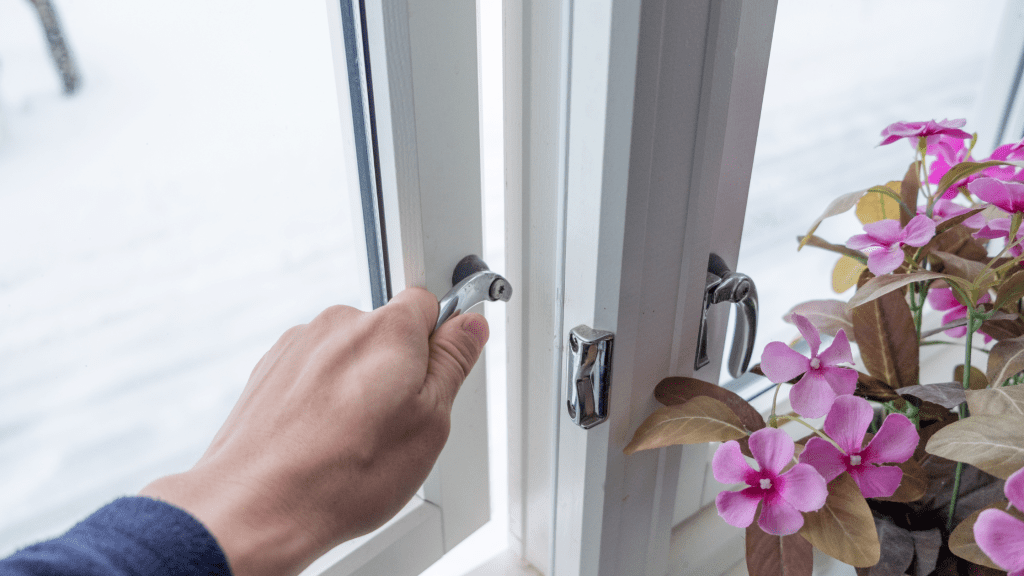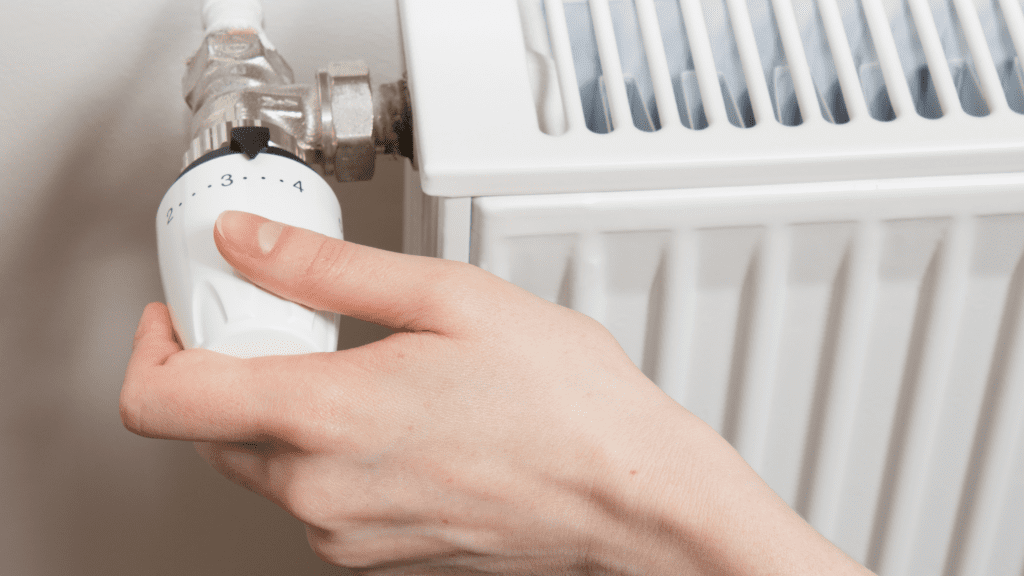13th Jan 2023 - Written by Brunelcare
Reading time: 3 minutes
At this time of year, when temperatures drop and many of us begin to turn our heating up, damp, mould and condensation can cause issues in the home.
The cause of mould is often condensation that has been left untreated. Mould grows best in warm, damp conditions, and can develop anywhere in your home.
We’ve put some tips together below to help you reduce condensation in your home to help prevent mould from forming.
The difference between damp and condensation
Condensation occurs when moist air comes into contact with a colder surface and condenses into water droplets. The air can’t hold the moisture, and tiny drops of water appear. It also occurs in places where the air is still, like the corners of rooms or behind wardrobes and other furniture.
Damp, however, occurs when a fault in the building’s basic structure lets water in from the outside.
If left for too long, condensation can lead to black mould growth that appears as a cloud of little black dots. Mould can cause a series of health issues, so it is important to tackle signs of mould when they first appear.
How to reduce condensation in your home
Controlling the level of moisture in the air will help you prevent condensation in your home. Here are some tips to help you reduce condensation levels:
Produce less moisture

- Cover pans while you’re cooking to reduce steam.
- Dry clothes outdoors if you can. If you need to dry clothes indoors, create ventilation by opening a window nearby and closing the door of the room they’re drying in.
Let fresh air in

- Open your windows slightly first thing in the morning or when you use a room. This lets fresh air circulate around your home and helps remove water vapour.
- Move your furniture away from radiators and external walls to let air circulate around your home.
Heat your home a little more

- Keep your heating on at a lower temperature for longer periods of time. Dramatic spikes in temperature from cold to hot can cause condensation.
Stop moisture spreading

- Use an extractor fan when you are cooking or in the shower/bath, and keep your kitchen and bathroom doors closed.
- Wipe condensation from windows each morning to prevent mould. Be sure to wring out the cloth rather than dry it on the radiator.
Other actions you can take include fitting condensation channels and sponge strips (available from DIY shops) to windows. These will catch dripping condensation and prevent the build-up of water.
What to do if you experience damp
If you believe you are experiencing damp issues in your home, please get in touch with us and a repairs inspector will attend to carry out an inspection.